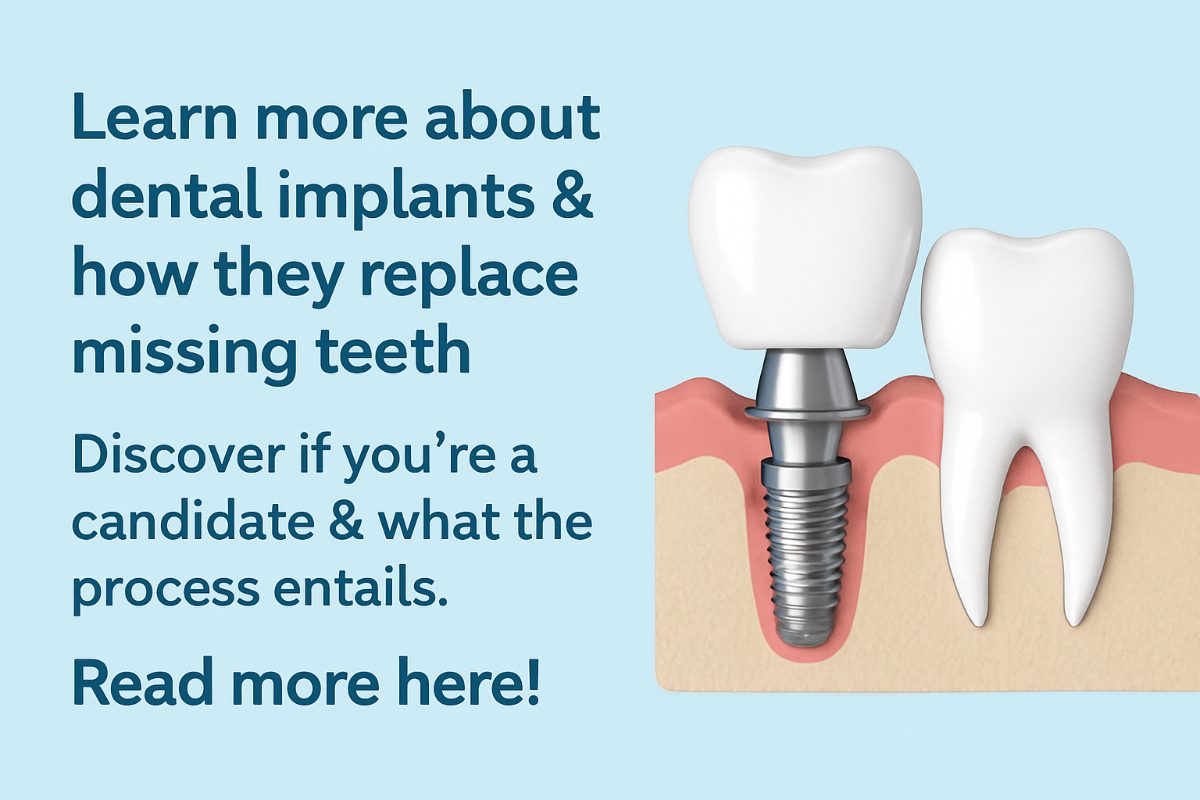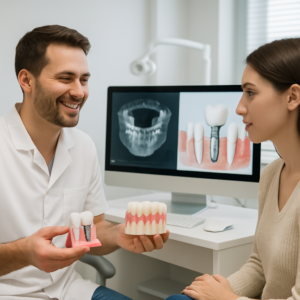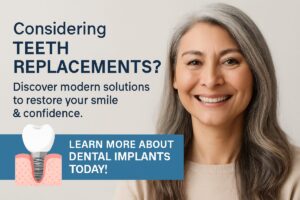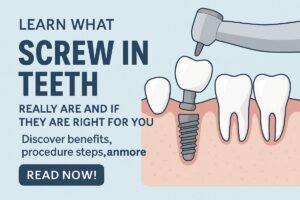Many people wonder if implants are the right solution for missing or failing teeth. Implants are artificial tooth roots that support crowns, bridges, or full-arch prostheses. This post explains what implants are, who makes a good candidate, the treatment steps, risks, costs, and alternatives. Read on for clear next steps you can bring to a consult.
What are dental implants?
Implants are titanium or ceramic fixtures placed in the jaw to replace tooth roots. A typical implant system has three parts: the implant fixture (root), an abutment (connector), and a crown or prosthesis (the visible tooth). Together they restore chewing, support bone health, and provide long-term esthetics.
Because implants fuse to bone — a process called osseointegration — they feel and function much like natural teeth. They also help preserve jawbone volume, which protects facial structure over time.
Common reasons people choose implants
People choose implants to replace single missing teeth, several adjacent teeth, or an entire arch. Implants can:
- Restore chewing and biting strength
- Improve speech and comfort compared with loose dentures
- Boost confidence with a natural-looking smile
Who is a good candidate for implants?
Oral health and bone volume
Good candidates have healthy gums and enough jawbone to hold implants. If bone is thin or short, bone grafting or sinus lifts can rebuild the ridge so implants can be placed safely.
Medical and lifestyle factors
Certain medical conditions and habits affect healing. Smoking slows healing and raises the risk of implant failure. Uncontrolled diabetes and some medications (like certain bone drugs) may require special planning. Your doctor will review your medical history to evaluate risk.
Age and expectations
Most adults can get implants if they are healthy and committed to oral care. Implants are long-term solutions and work best when patients have realistic expectations about maintenance and follow‑up.
What to expect during the implants process
Consultation and digital planning
Initial visits include exams, X-rays, and often a 3D cone beam scan. Digital planning maps your anatomy and helps design the ideal implant positions and prosthesis. You’ll review options, timelines, and anesthesia choices.
Surgery and healing (osseointegration)
Surgery places the fixture into the bone. Healing usually takes a few months while the implant fuses with bone. Many patients receive temporary teeth during this phase so they can eat and smile comfortably.
Prosthetic design and final delivery
Once the implant integrates, the abutment and final crown or prosthesis are made. Final restoration includes scans or impressions, a try-in, and adjustments to ensure fit, bite, and esthetics. Modern CAD/CAM workflows speed this stage and improve accuracy.
Risks, recovery, and long-term success
Short-term effects include swelling, soreness, and minor bleeding. Serious complications are rare but can include infection, nerve injury, or implant failure. With good oral hygiene and regular dental visits, implants have high success rates over many years.
Cost, insurance, and financing options for implants
Implant costs vary with the number of implants, need for bone grafting, and the type of prosthesis. Insurance often covers part of crown or denture costs but may limit implant coverage. Many practices offer payment plans and third-party financing to make implants affordable.
Alternatives to implants
Alternatives include fixed bridges, removable partials, and full dentures. Bridges can replace one or a few teeth without surgery but require altering adjacent teeth. Partials and dentures are less expensive upfront but may lack the stability and bone-preserving benefits of implants.
Why an on-site dental lab matters for implants
An in-house lab that mills and 3D prints restorations speeds treatment and improves quality control. Same-day provisionals, tighter fits, and faster turnaround reduce appointments and remakes. Chairside milling of zirconia or acrylic helps ensure the prosthesis matches the digital plan closely.
About Touchstone Dental Implant Centers and Dr. Justin F. Becerra
Touchstone Dental Implant Centers offers end-to-end implant care led by Dr. Justin F. Becerra, DDS. The practice uses digital planning, an on-site dental lab with milling and 3D printing, and offers LAPIP™ for ailing implants. Sedation options range from nitrous to general anesthesia with a board-certified anesthesiologist. Touchstone supports cases with a maintenance-driven 10-year warranty and fabricates many prosthetics chairside for faster, precise results.
How to decide if implants are right for you
Ask these questions at your consult:
- Do I have enough bone, or will I need grafting?
- What is the expected timeline and number of visits?
- What anesthesia or sedation options are available?
- Does the practice have an on-site lab for same-day provisionals?
- What warranties or maintenance plans are included?
Next steps / Call to action
If you’re considering implants, schedule a consultation to review your options. Ask about same-day provisional teeth and the practice’s on-site lab — those can shorten treatment and improve fit. A personalized plan will show whether implants are the best path to restore function, appearance, and confidence.

